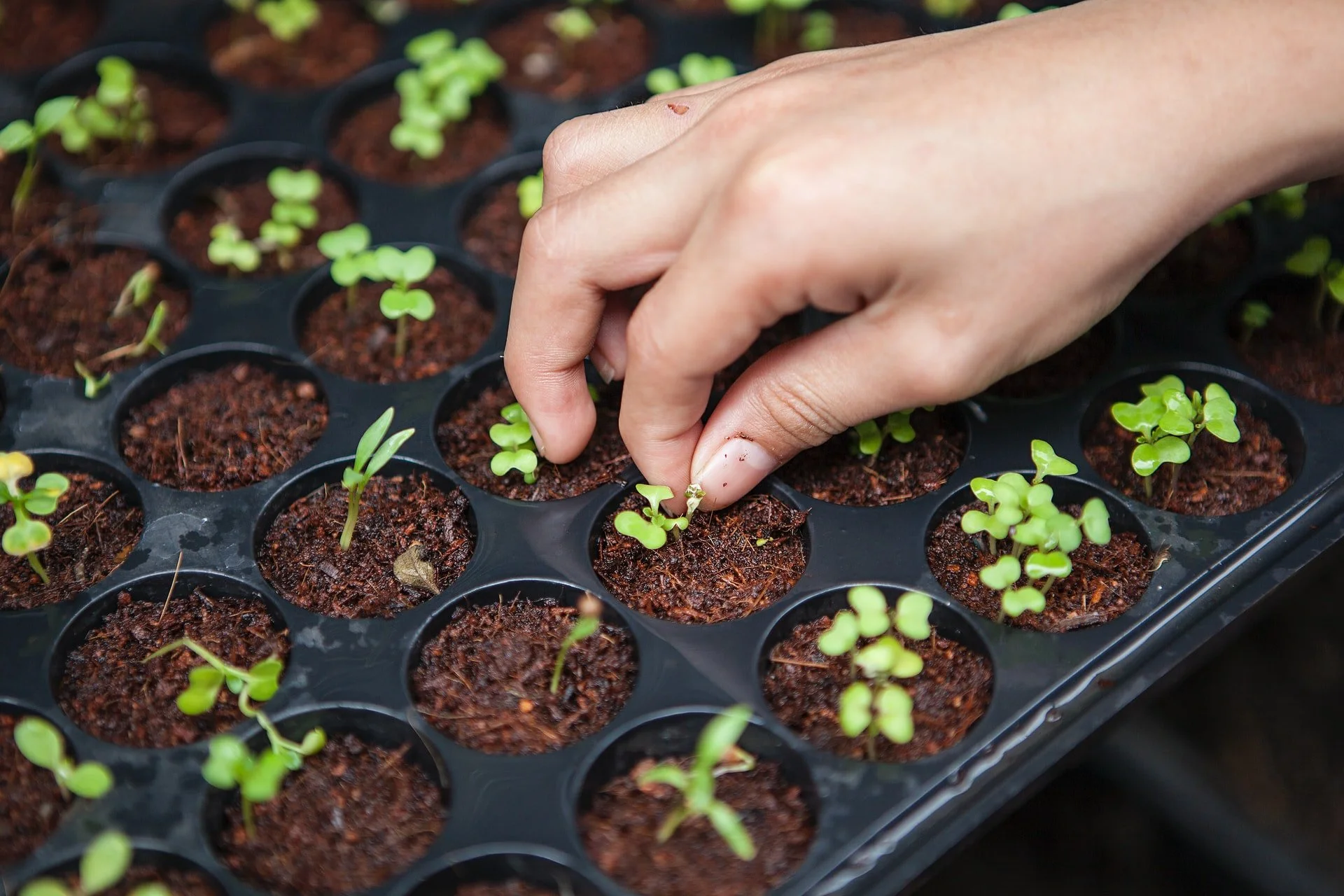Creating Focus from The Inside Out
How to Build the Skill of Focus
This article explores the “inside us” skills we need to create focus. Focus is a challenging (and complex) state to create, however, the skills offered below will give you a significant boost. I know this “inside us” perspective isn’t always considered, yet it’s a key ingredient that will make achieving this state easier.
A day of focused work = A great day
In our home, we have a dinnertime ritual where we each talk about “the best part of our day”. Since it’s now morphed into sharing multiple parts of the day, I can promise you if I’ve had a day that included focused work it will be a part of what I share.
Focused work flows, and in this state of enhanced presence the quality of work is superior. We are more able to bring the essence of who we are, and what we know to our work. This results in greater confidence and less doubt. As if these weren’t enough wins, focused work is often more efficient which means we need to do less of it.
Focus is elusive
A common woe I know both from personal experience as well as from my clients is that focus is hard to find. We long for a blank canvas of a day without interruptions and yet our day is full of choppy chunks for this and that. We take the kids to the dentist, then come home and jump onto a client call. Right after that the Amazon delivery arrives. It sometimes seems managing interruptions are the work!
Our challenges with focus also have another layer. The more challenged we are to find focus, the more we wonder if something is wrong with us as if focus is something we should all be able to do with ease.
Focus is a state we create
While there will always be things (people, interruptions, lawn mowers in the background etc.) outside our control, we can actively develop an internal state that supports focus.
Just imagine what would shift if you were more able to focus!
Let’s create focus on the inside
What follows are four steps with skills that support a shift into a focus state. Skills take practice so consider picking one to work on rather than doing them all at once.
1) NOTICE your inner environment
This skill involves developing an awareness of your current inner state. Our inner experience is often more active than we realize. As you get to know your own you may start to see that every day is different!
If you’re new to this skill it’s enough to close your eyes and do a simple scan with your awareness from the top of your head down to your toes. Then use the questions that follow to strengthen your own curiosity:
Would you describe your internal environment as fast or slow? Consider giving it a number on a scale of 1–10 (10 = fast) so that you can learn how your internal environment varies day to day. Hint: There’s no “right” answer.
What’s on your mind today? It it raft with chaos? Perhaps a situation that happened earlier? Our minds are often traveling all over the place which means that today it may be anywhere else but here in this moment.
Assign your focus of attention a percentage. Notice what percent of your attention is on things outside you? Inside you? Again, there are no right or wrong answers. This skills is all about self discovery on behalf of creating more focus.
2) SHIFT your internal environment
With a baseline of awareness (and remember every day is different), you can practice shifting your inner state to one that supports greater focus. If you’re seeing that on average your inner environment is a fast “7”, get curious about slowing it down to an 6.
For example, with a fast internal state (perhaps you’ve had an intense interaction or are feeling anxious about the outcomes of something you’ve been working on), go for a short slower walk, before a stint of focused work. How does the walk regulate your energy?
To shift your internal state, I also recommend using an imagined image to help you slow down your breathing. Visualizing a place of calm can be an extremely useful way of accessing different states and ways of being.
A metaphor I love is an oasis. It’s place where my body is at ease and I’m calm yet invigorated. You may imagine yourself on a mountain top, or on vacation sitting on a dock at the lake. Bring to attention a place of stillness and calm that is meaningful to you.
Practice bringing your mind to this place.
Take long slow breaths to help your inner environment shift.
3) GIVE your mind a single point of focus
Your focus needs a place of attention. Use specificity as a meaningful guide and get clear on the task you’re bringing into focus. (For me, today, it’s writing this letter — and only this letter).
Because focus is a muscle, we cannot work indefinitely in a focused state. Try using a timer to practice holding yourself inside time. I like to work in chunks of 50 minutes and then break to move my body, walk around the block or grab a fresh glass of water or a snack.
I use the Pomodoro Tomato Timer on my laptop so my focus remains on the task at hand versus managing my time.
4) REMEMBER kindness
Skills require practice. It doesn’t matter how old you are or what skill you’re learning they all benefit from practice and this one is no different. The beauty is that practice makes possible! If focus is hard to come by then go easy on yourself.
Stay kind and compassionate and remember that focus is not an easy to state to create!
==========
I’m really curious about your experience of focus!
I hope this article has offered you a skill or two to add into your “focusing” toolbox. While there will always be things outside our control, it’s good to know what we can do on our own. Share your experience and tips below so we can learn from one another.










